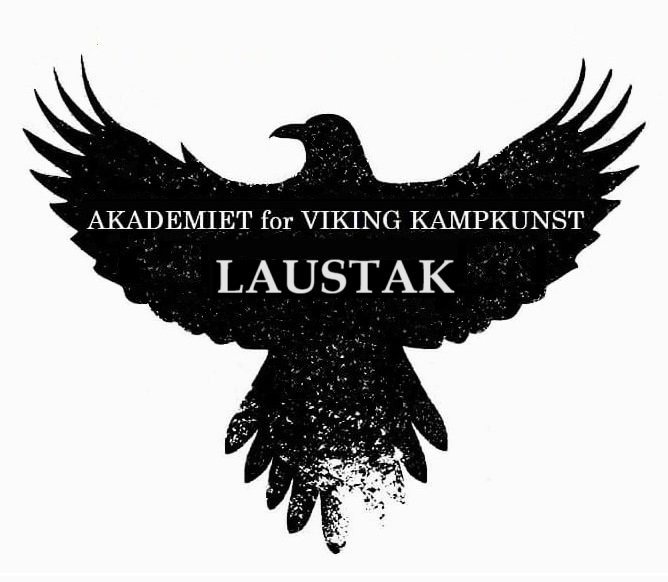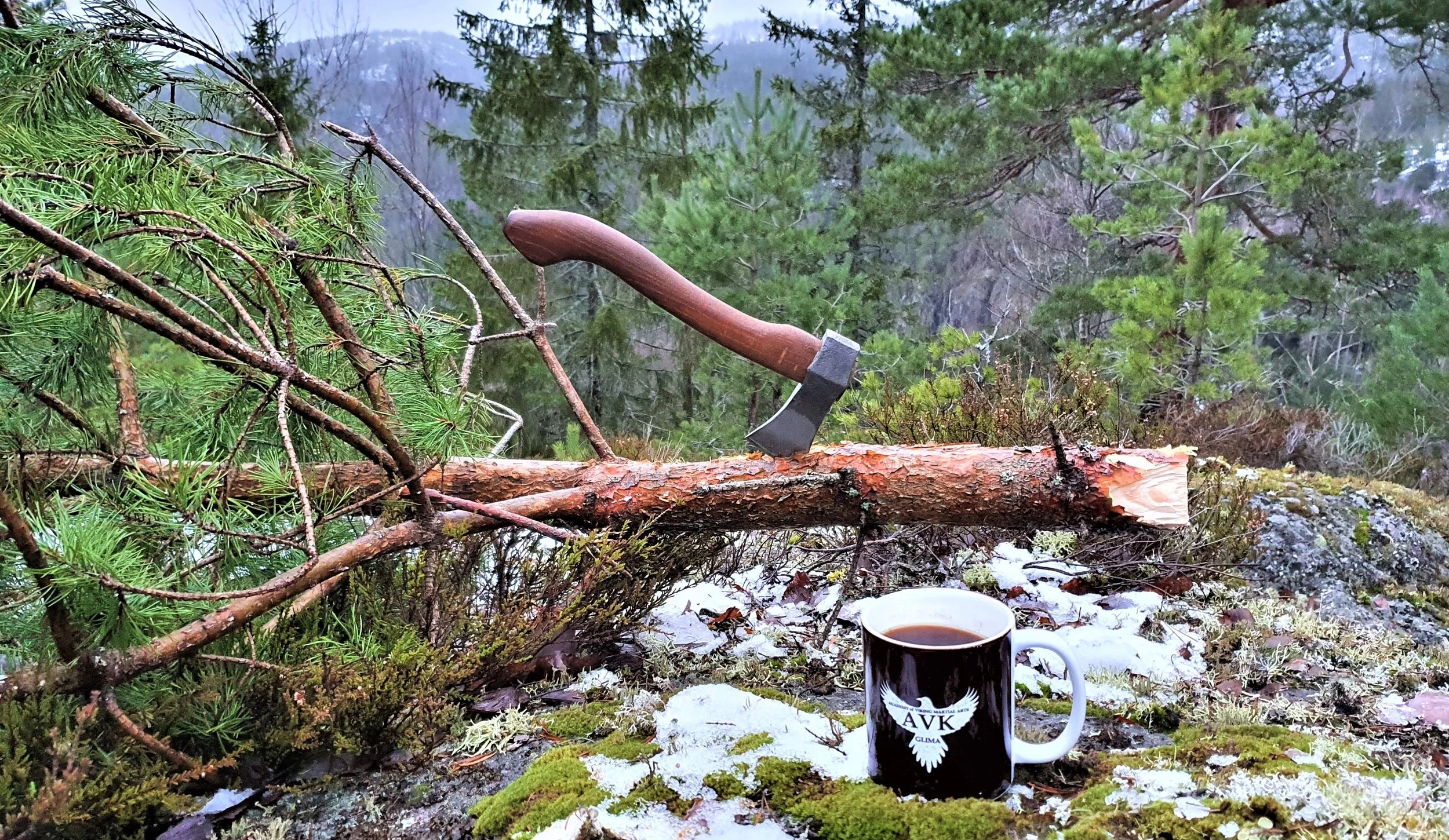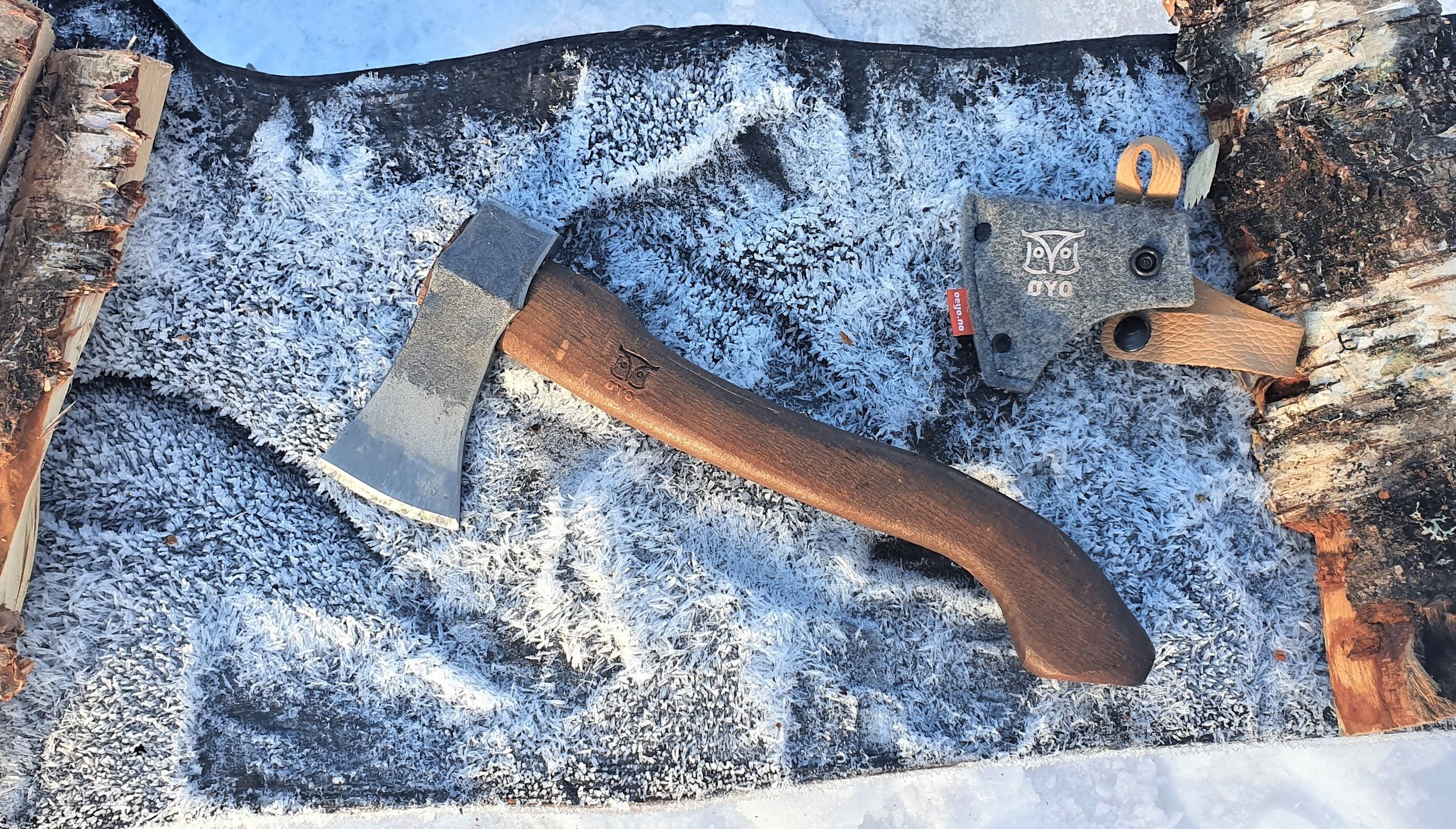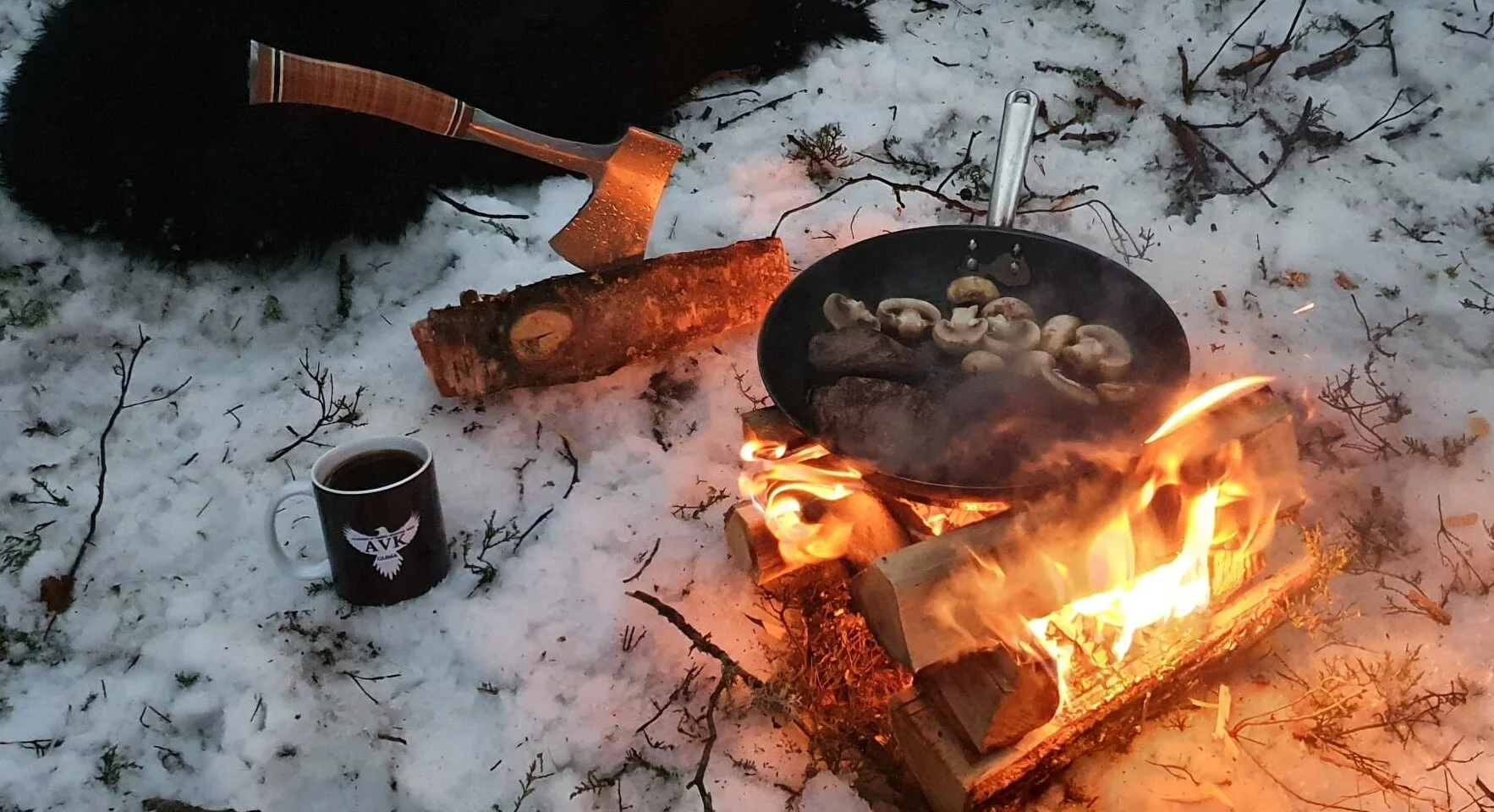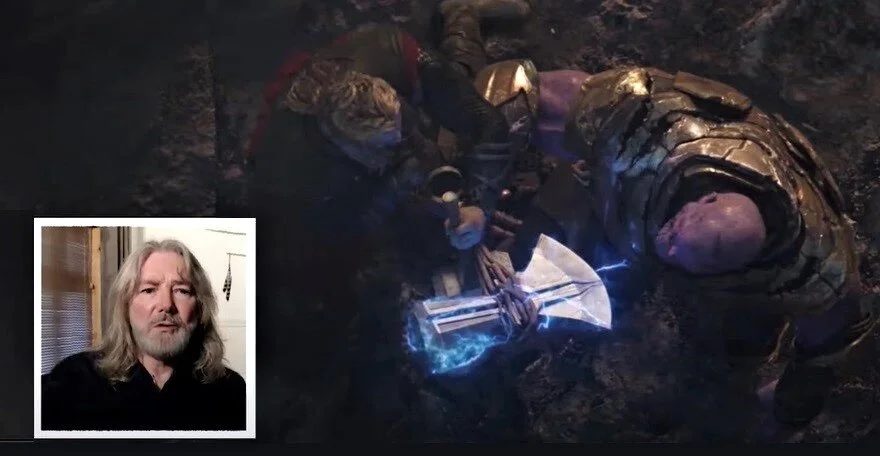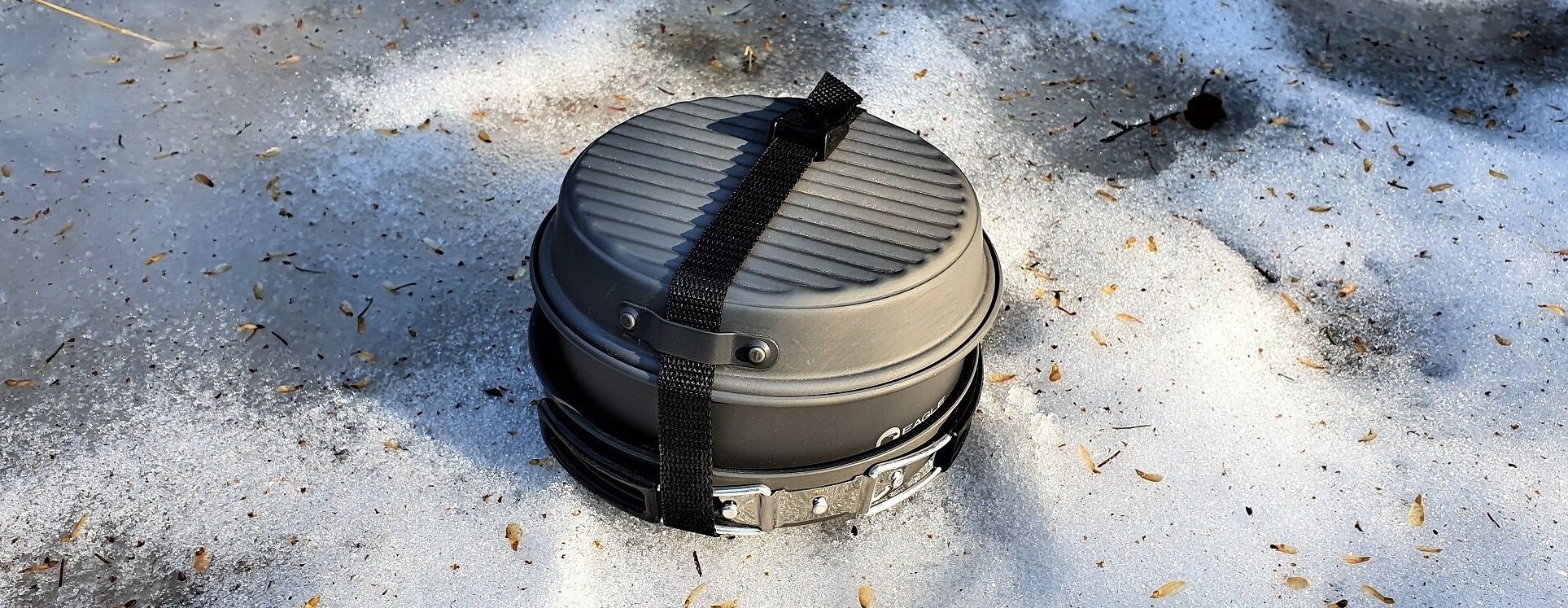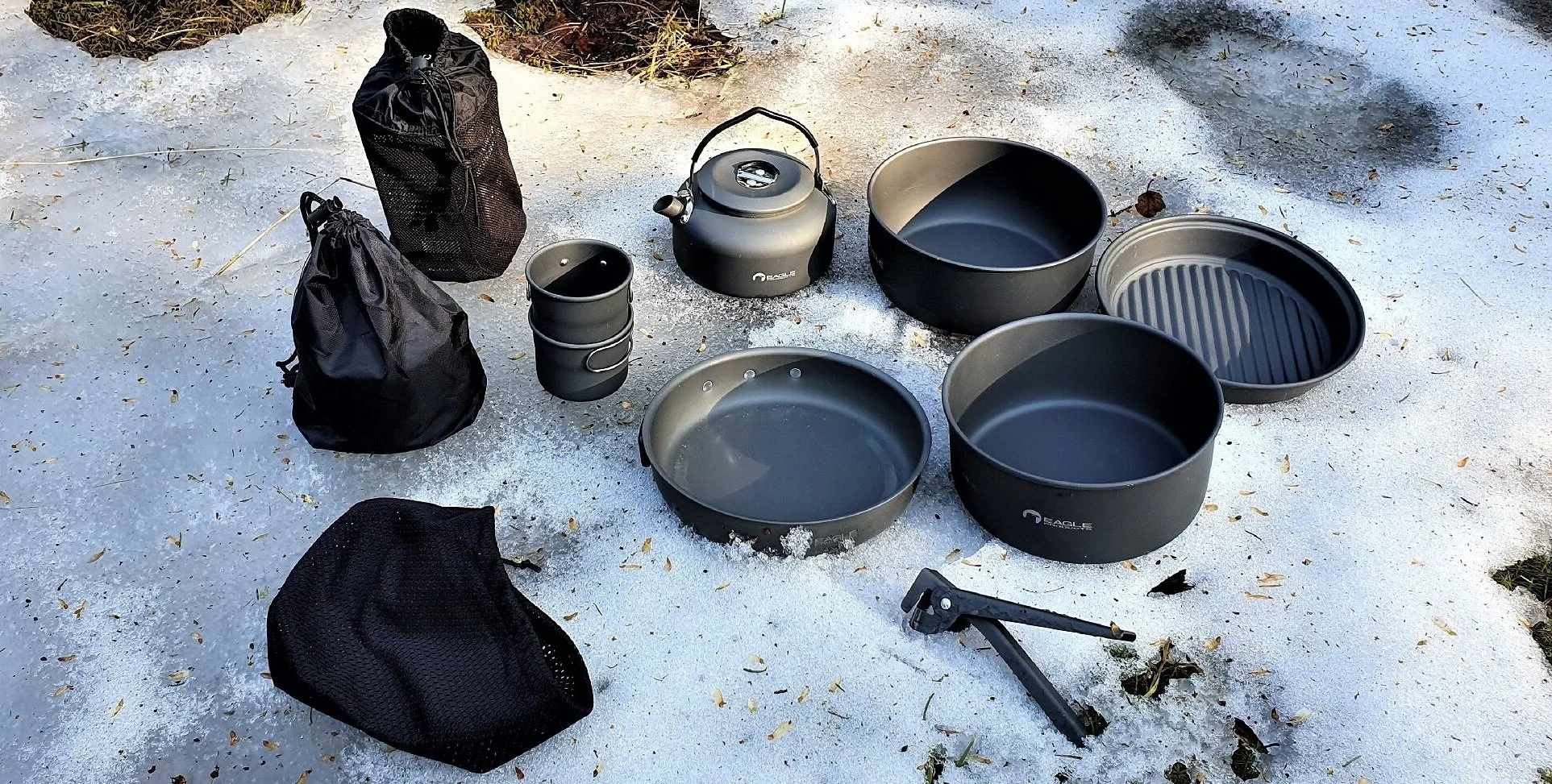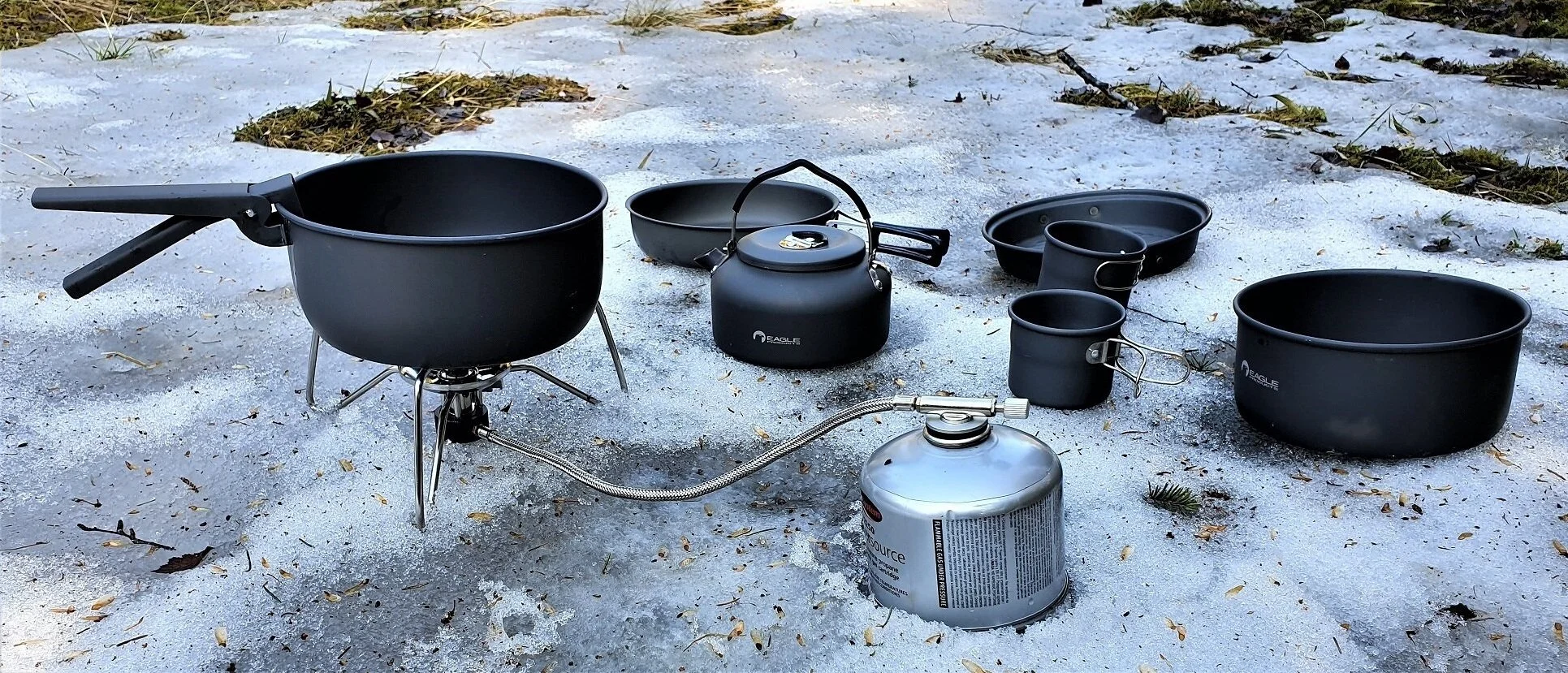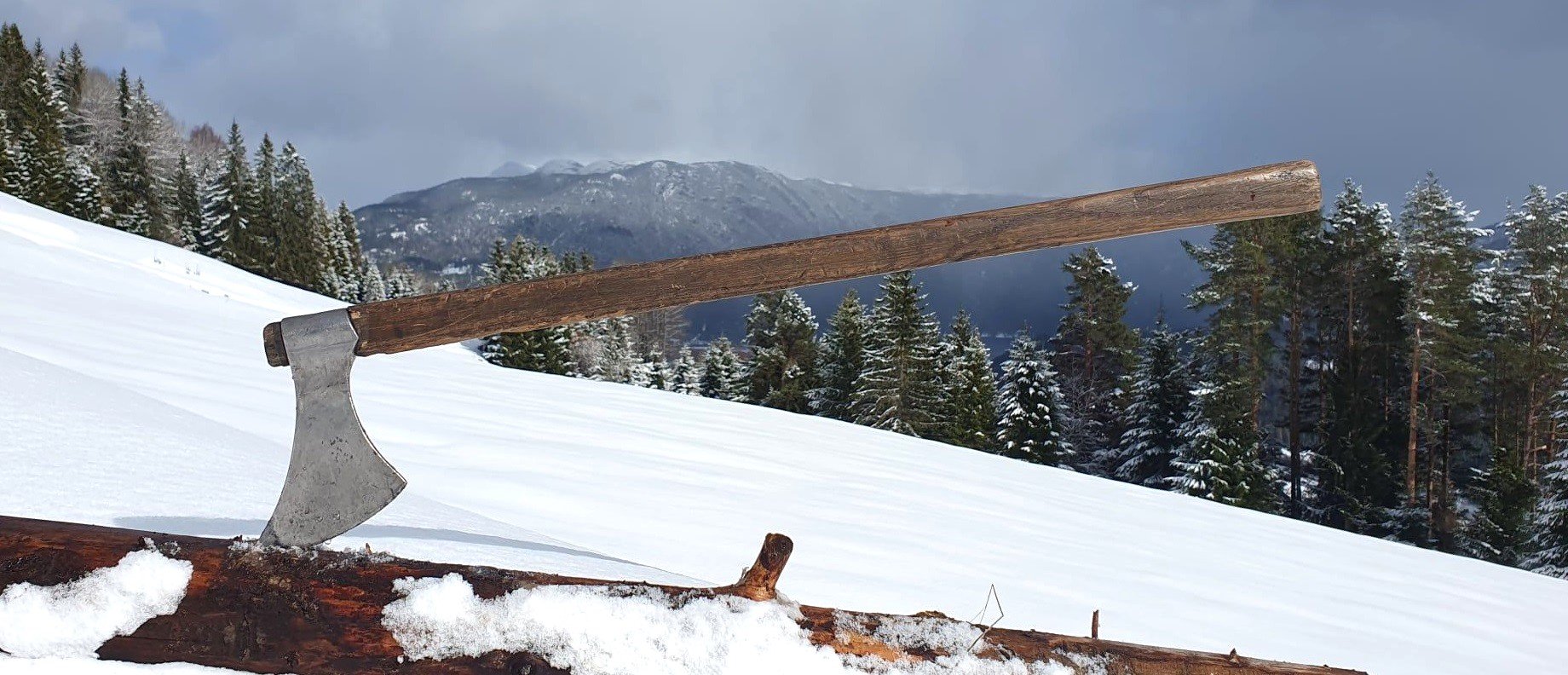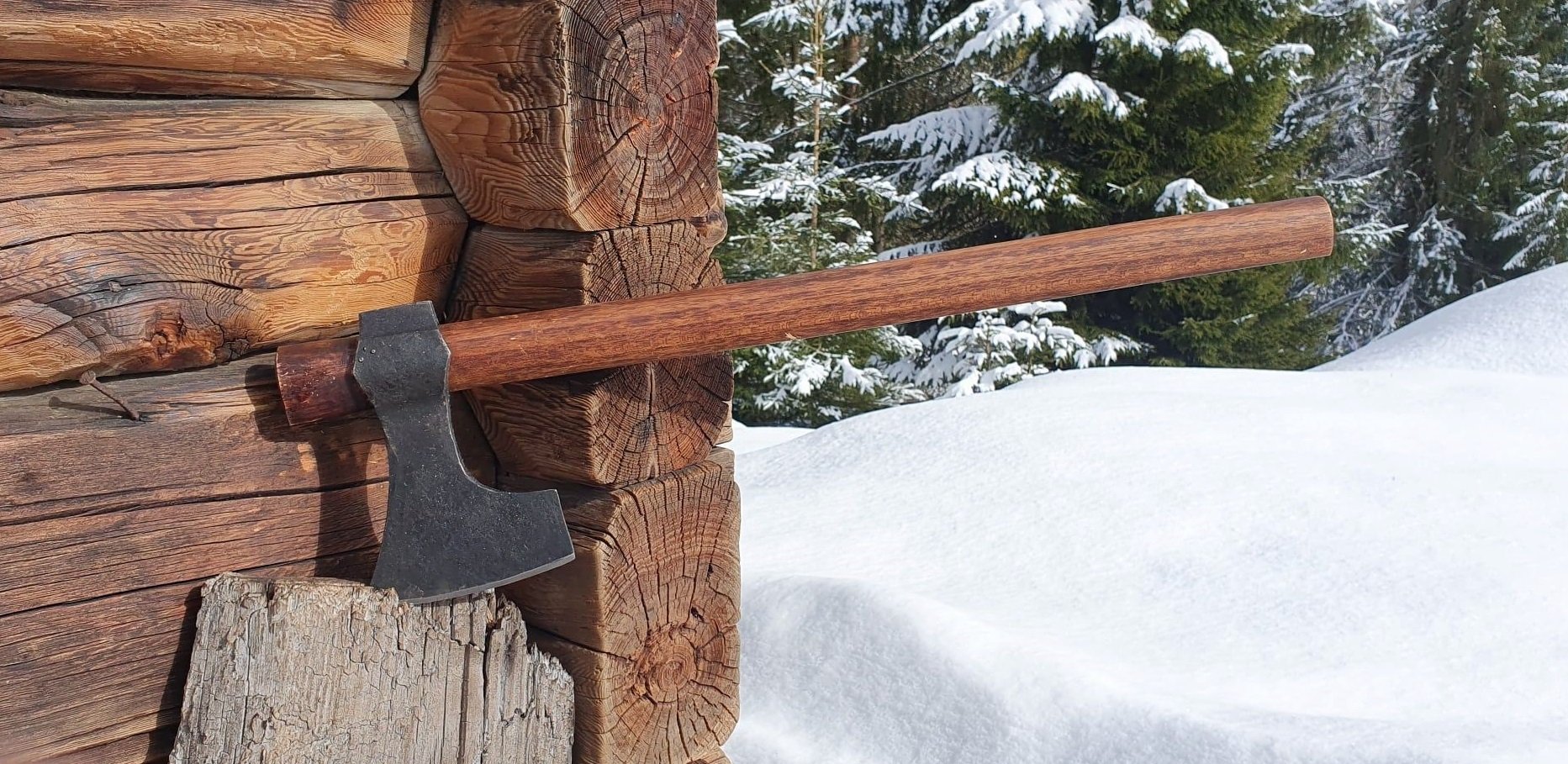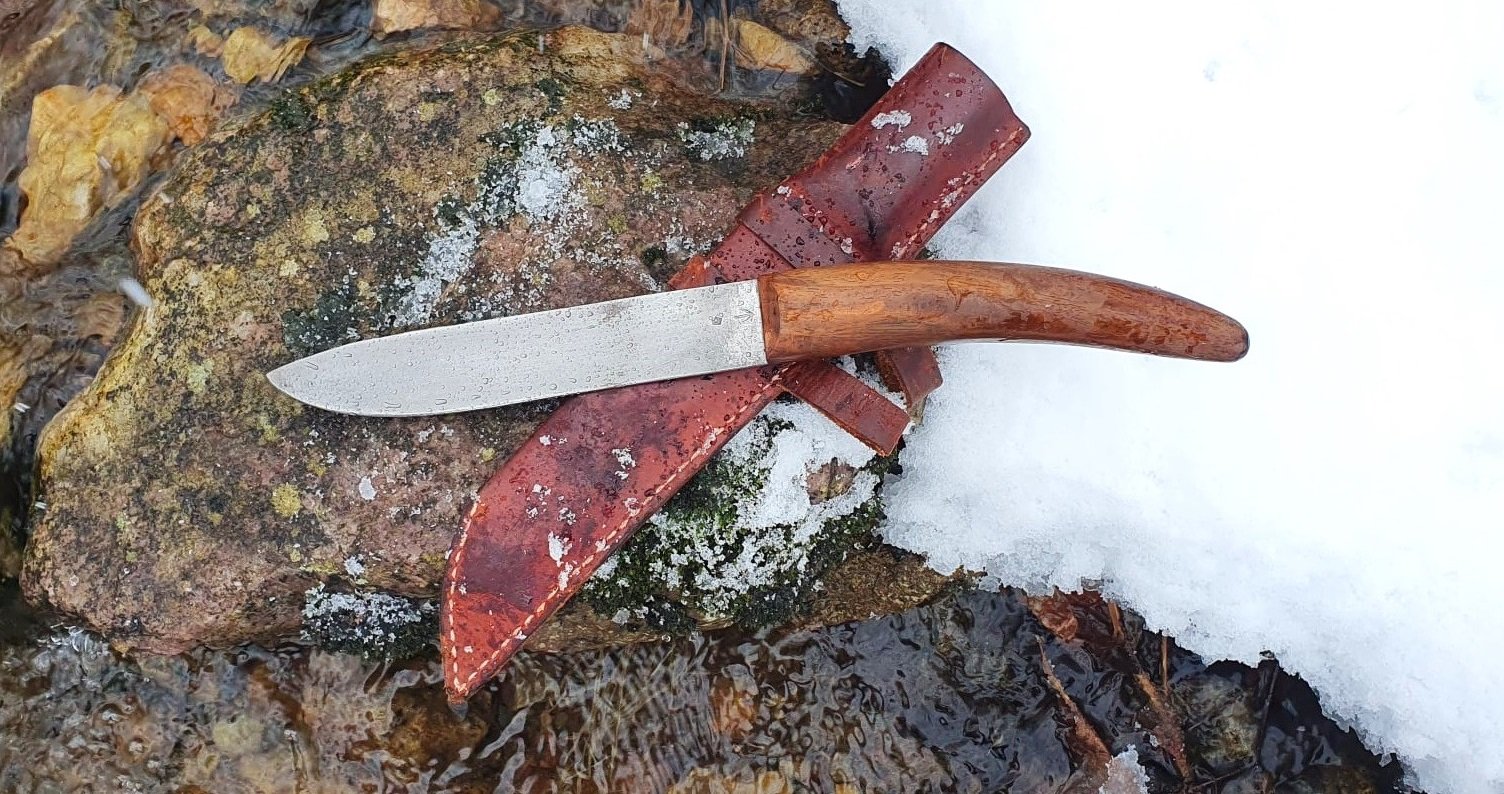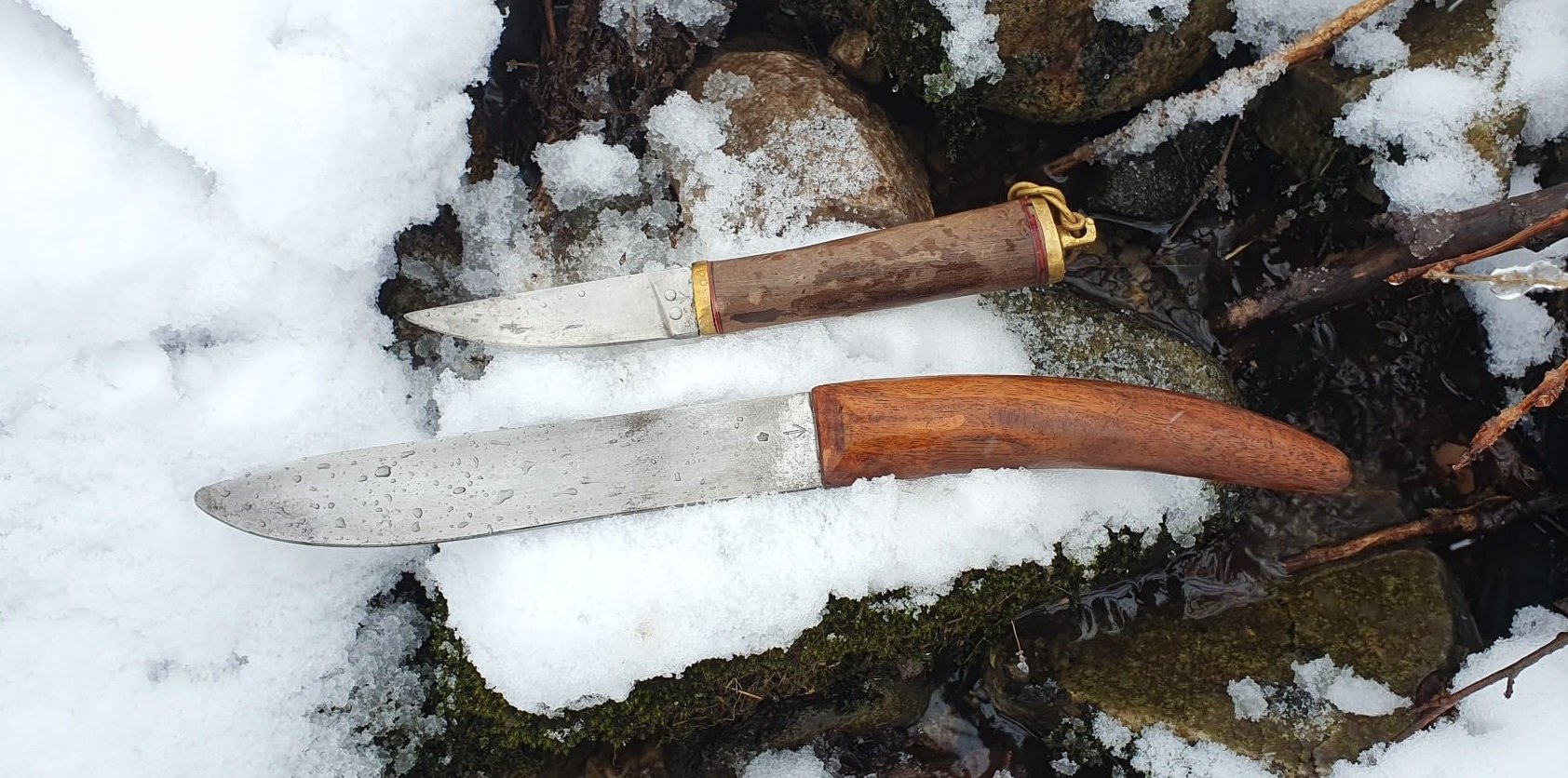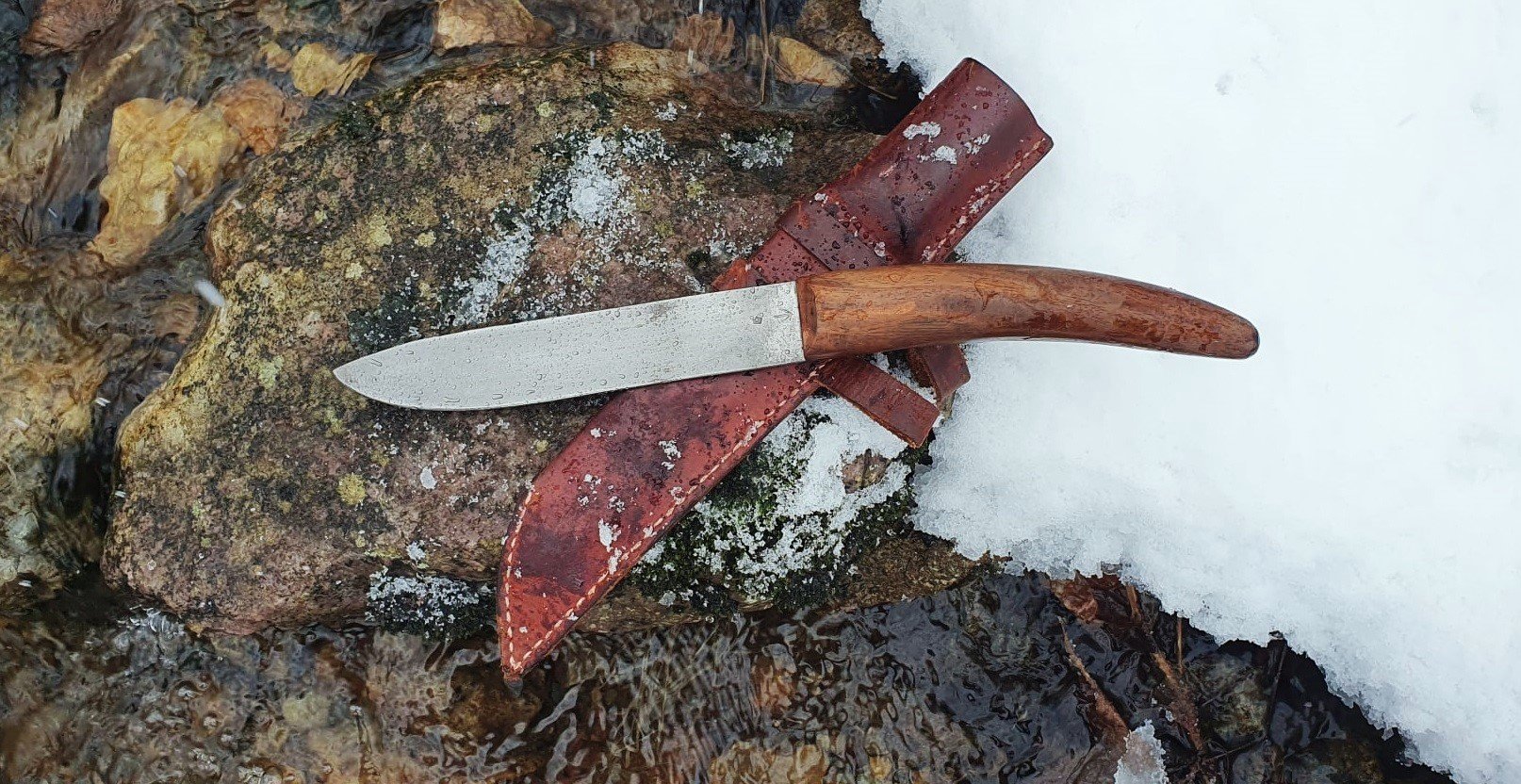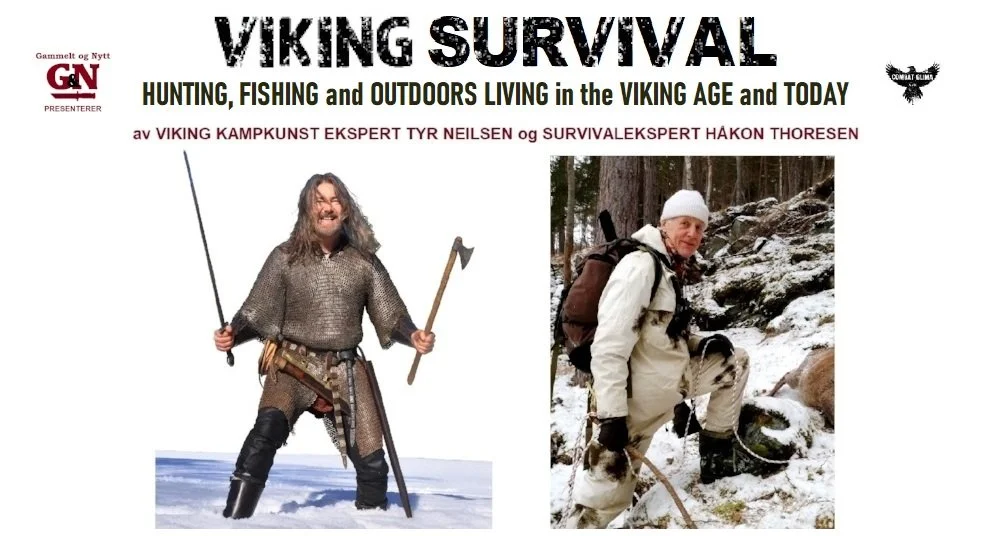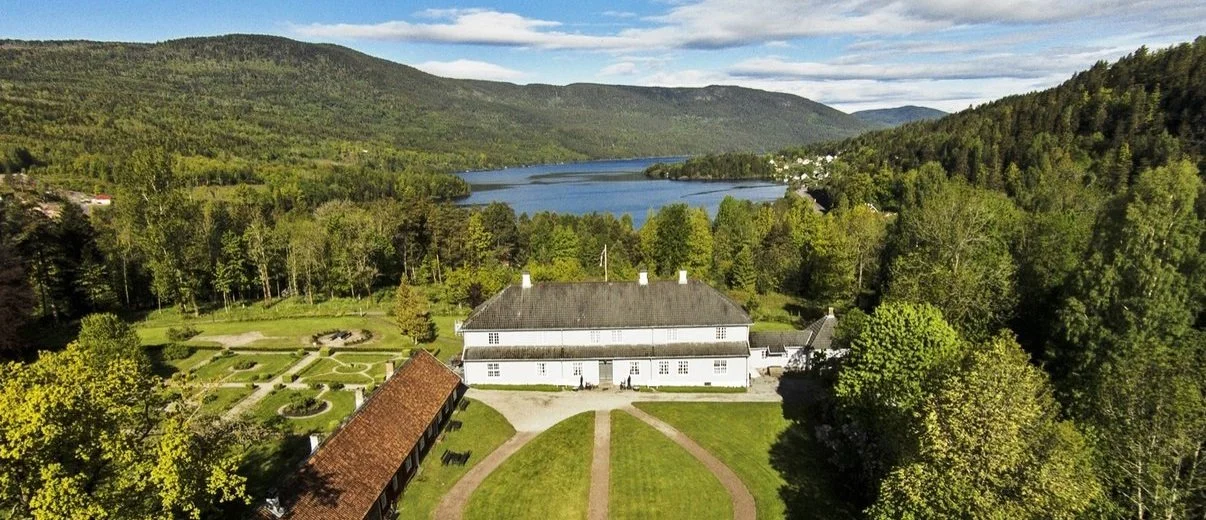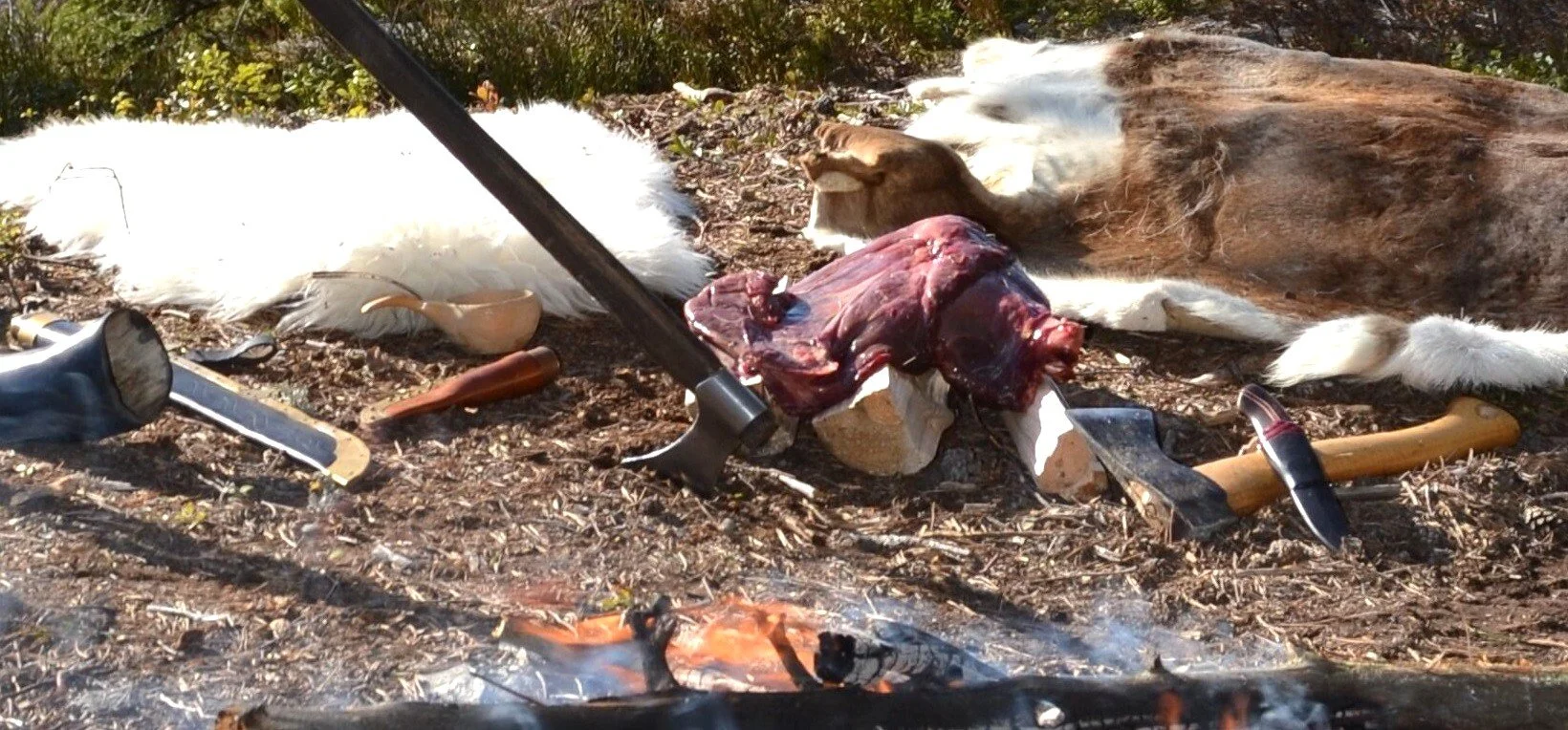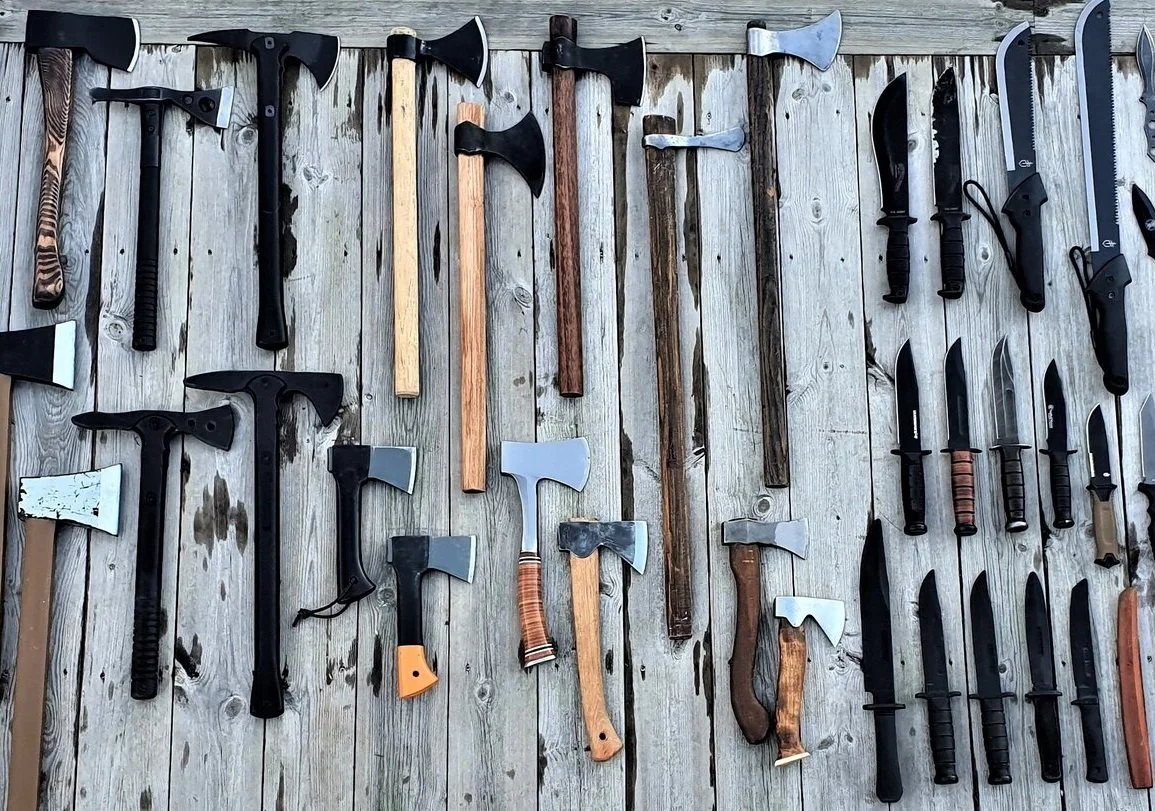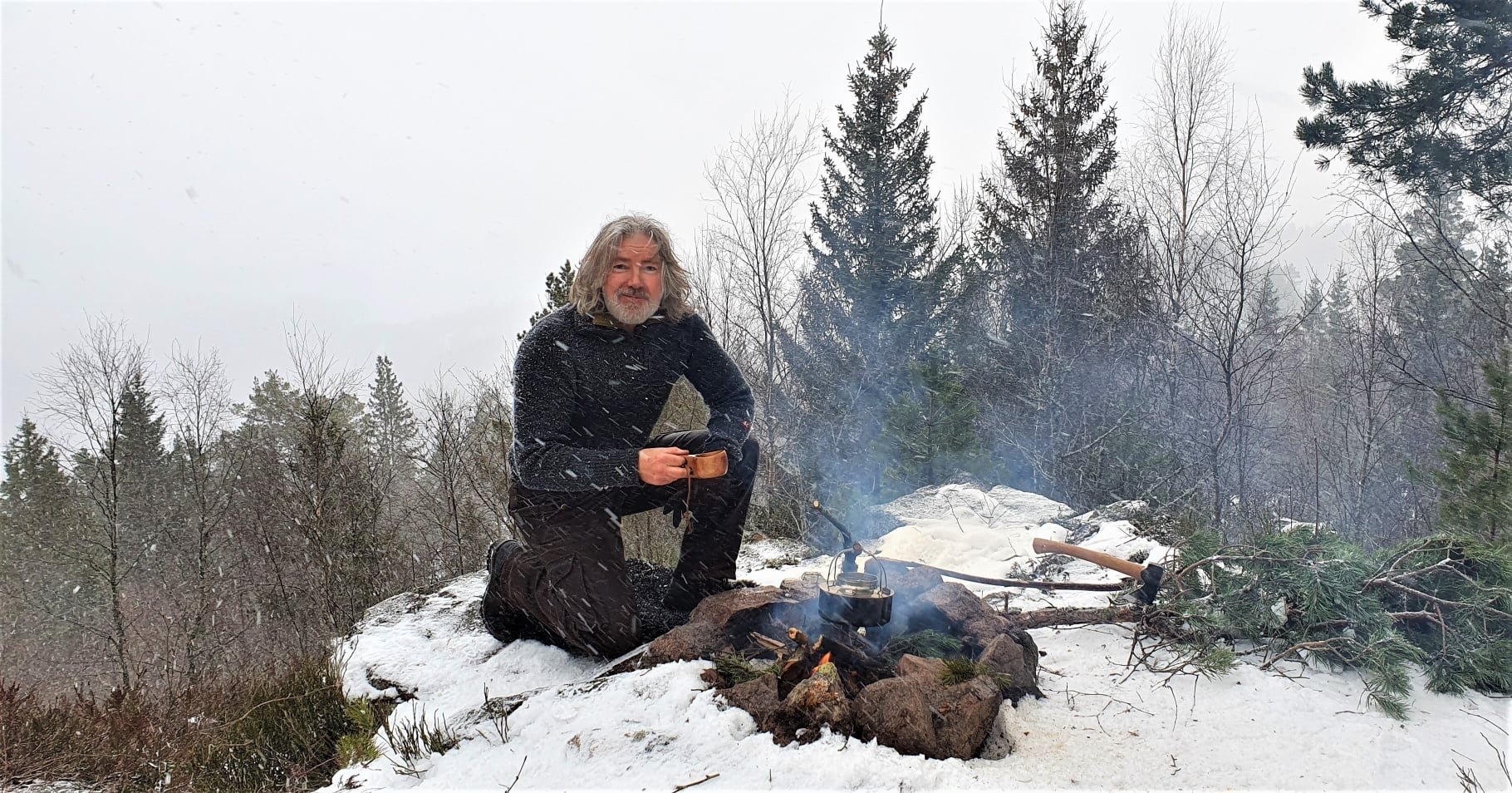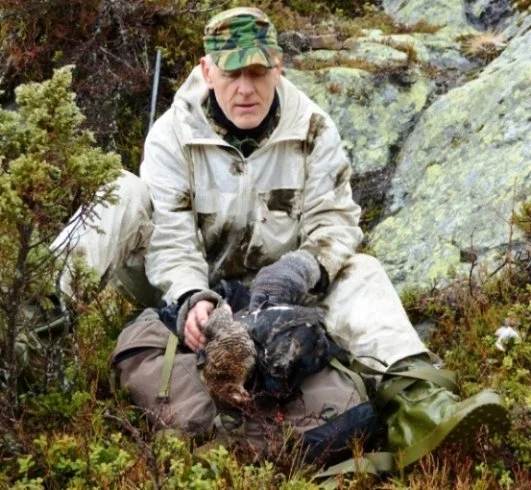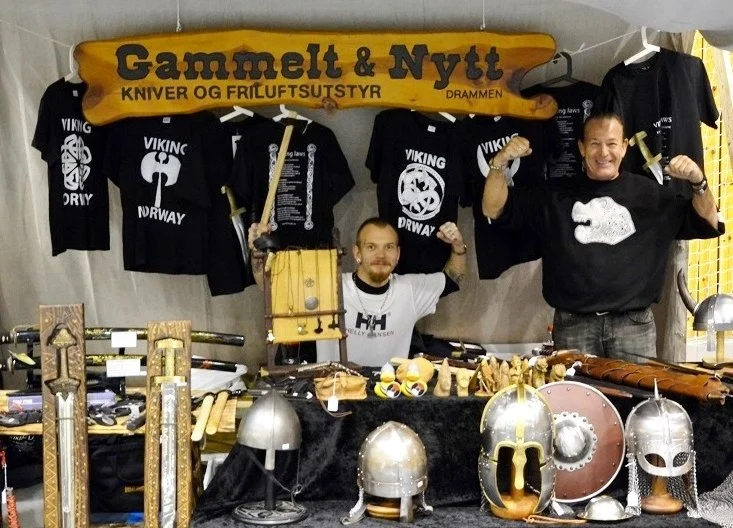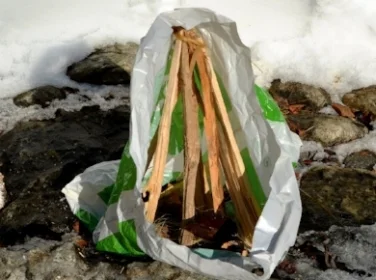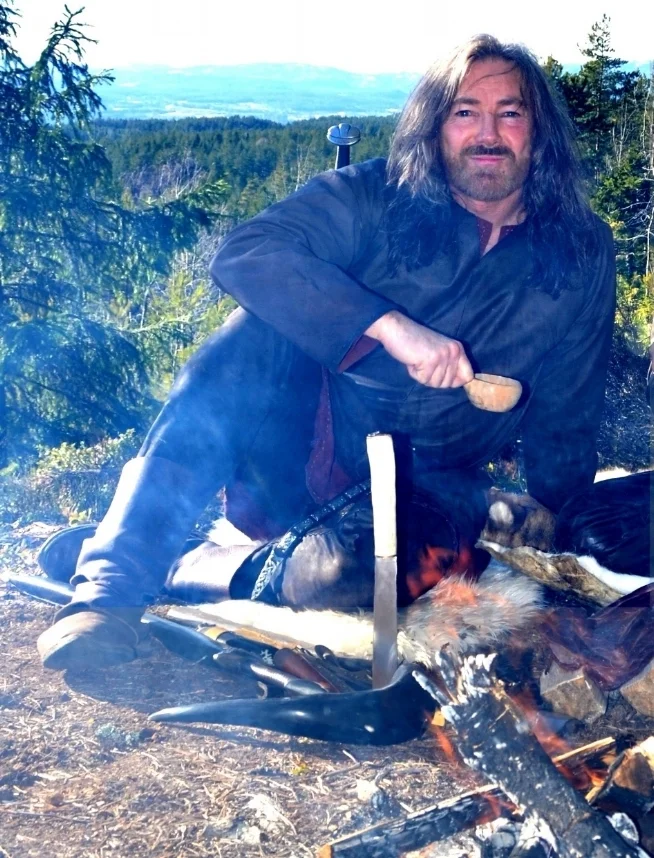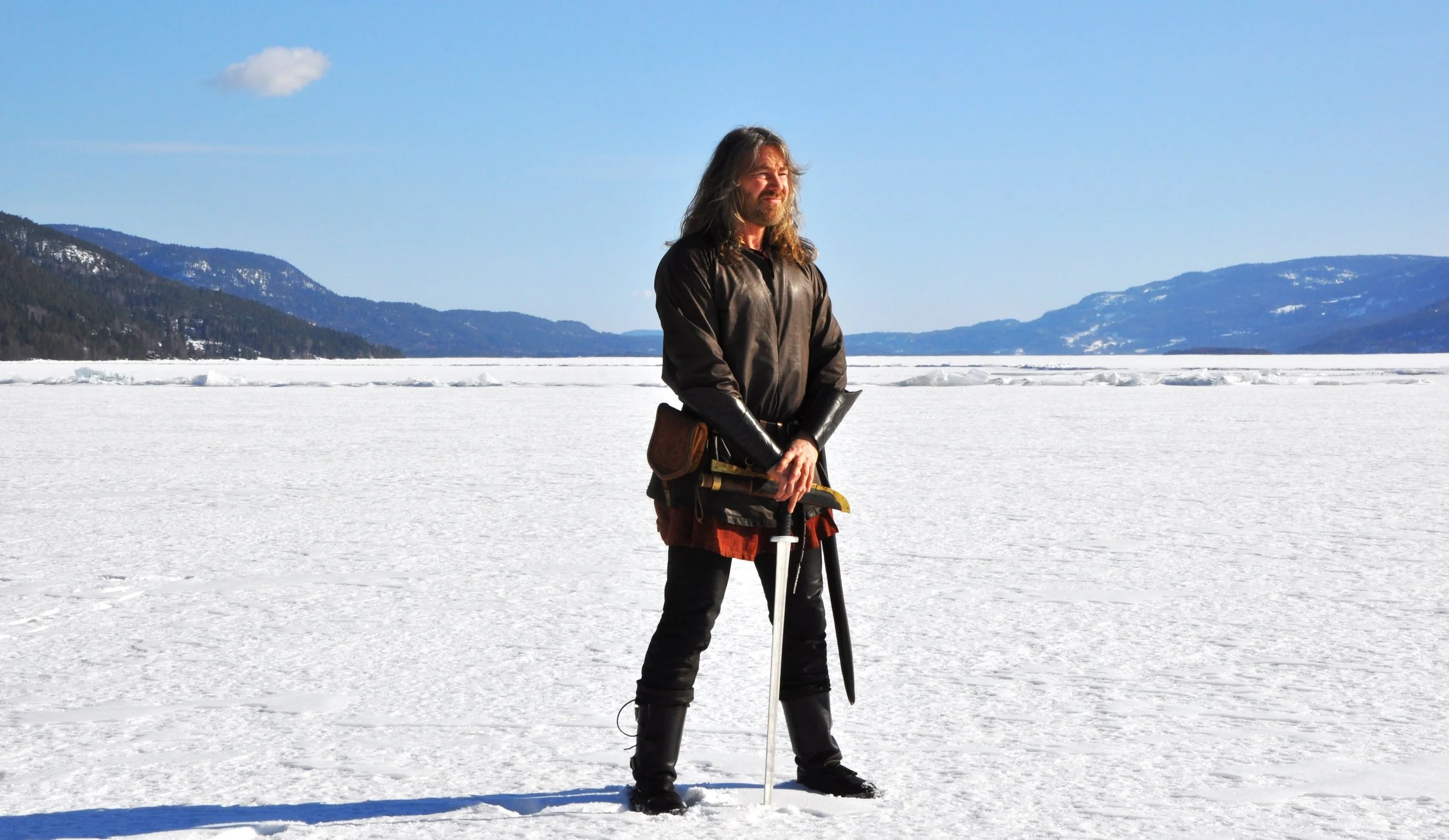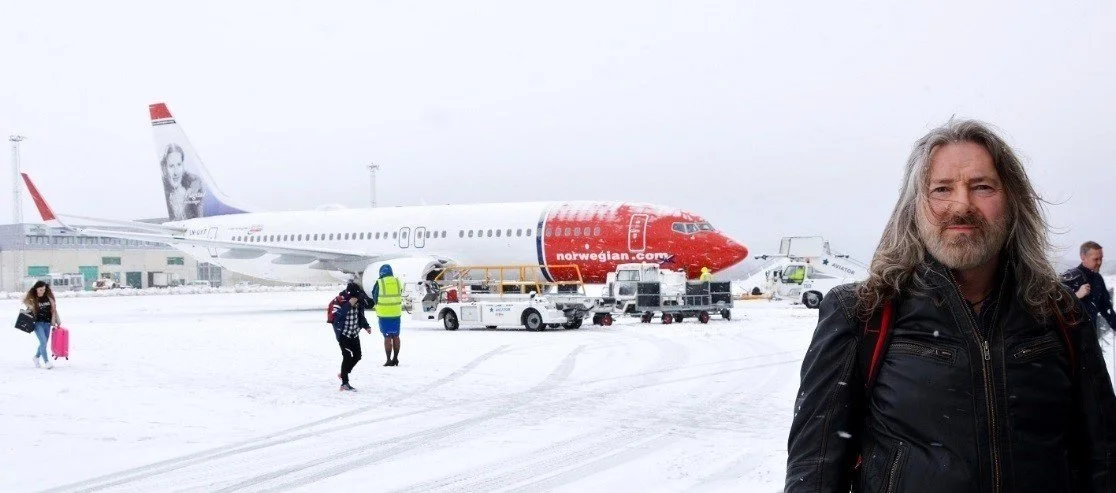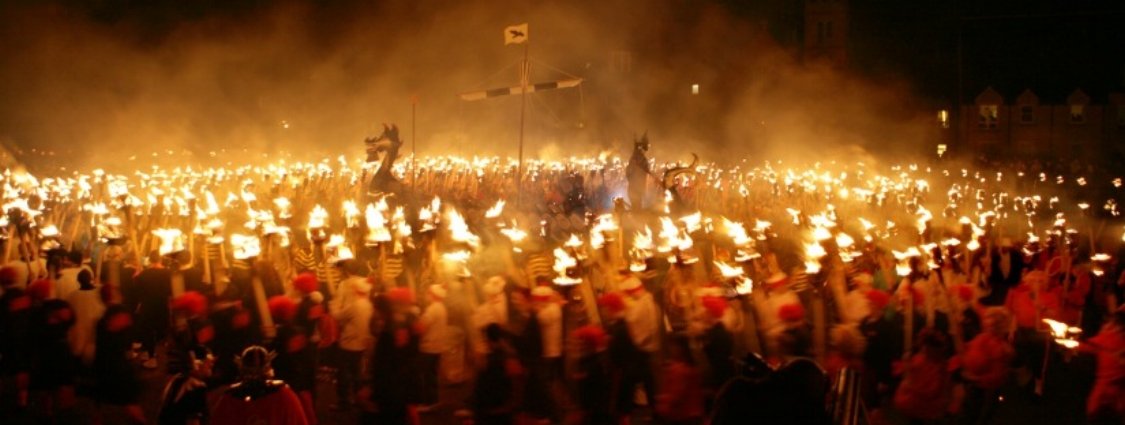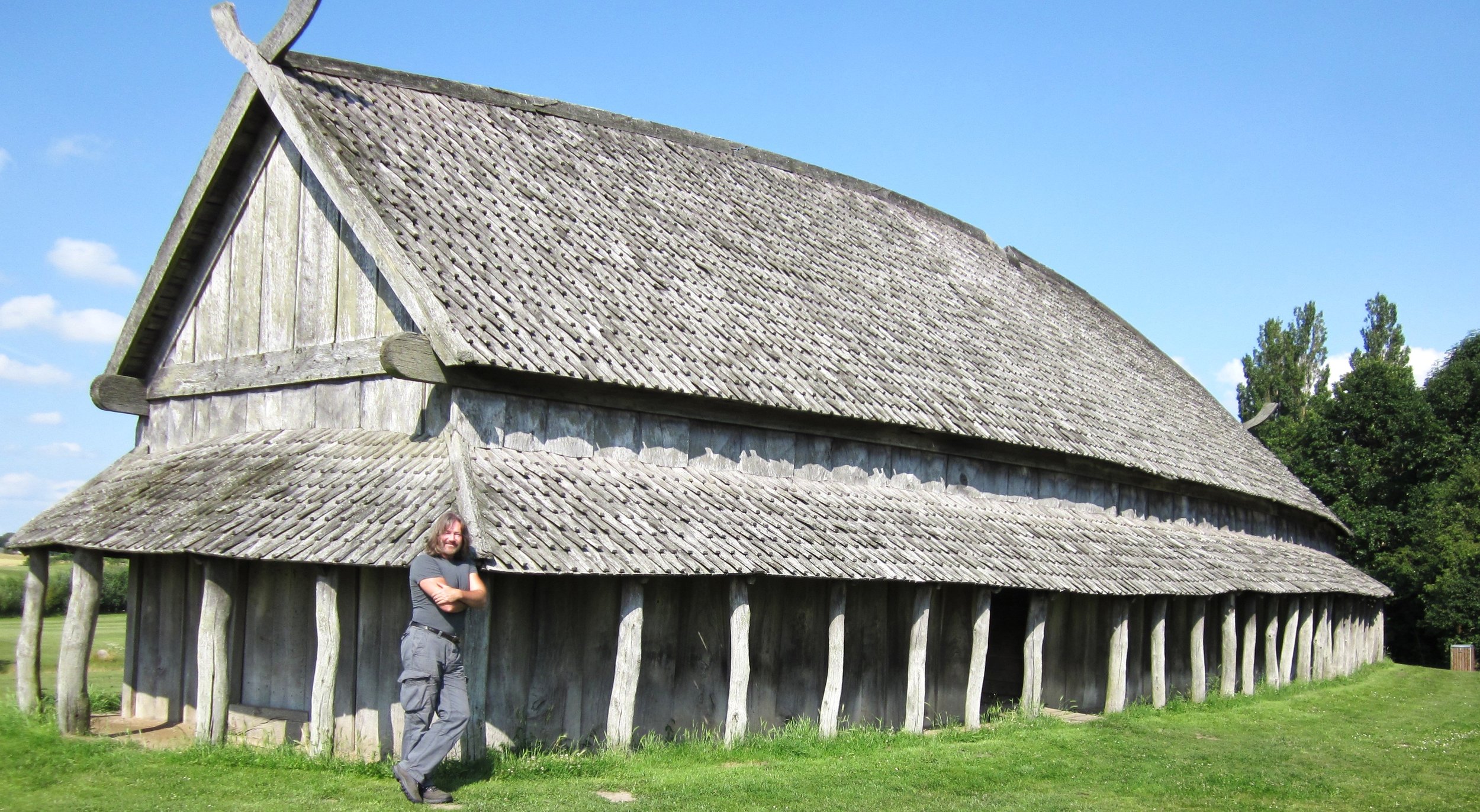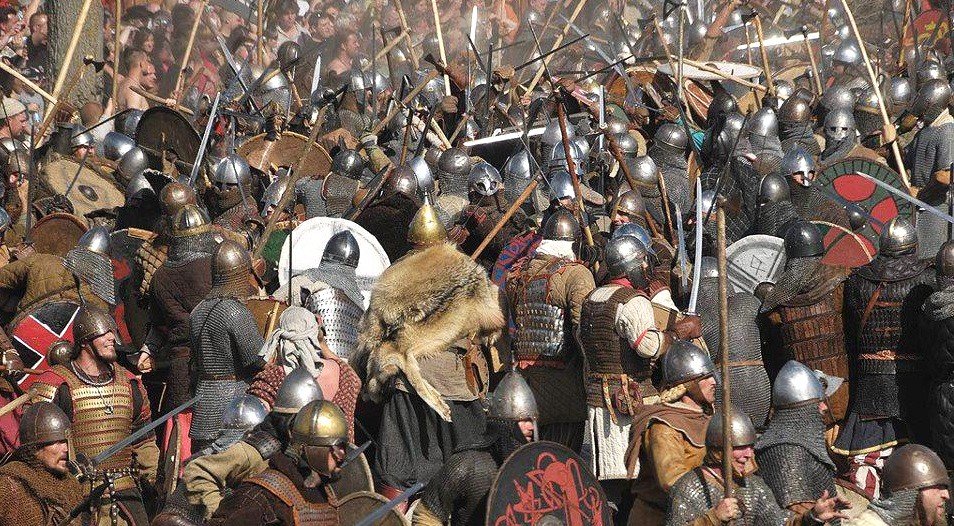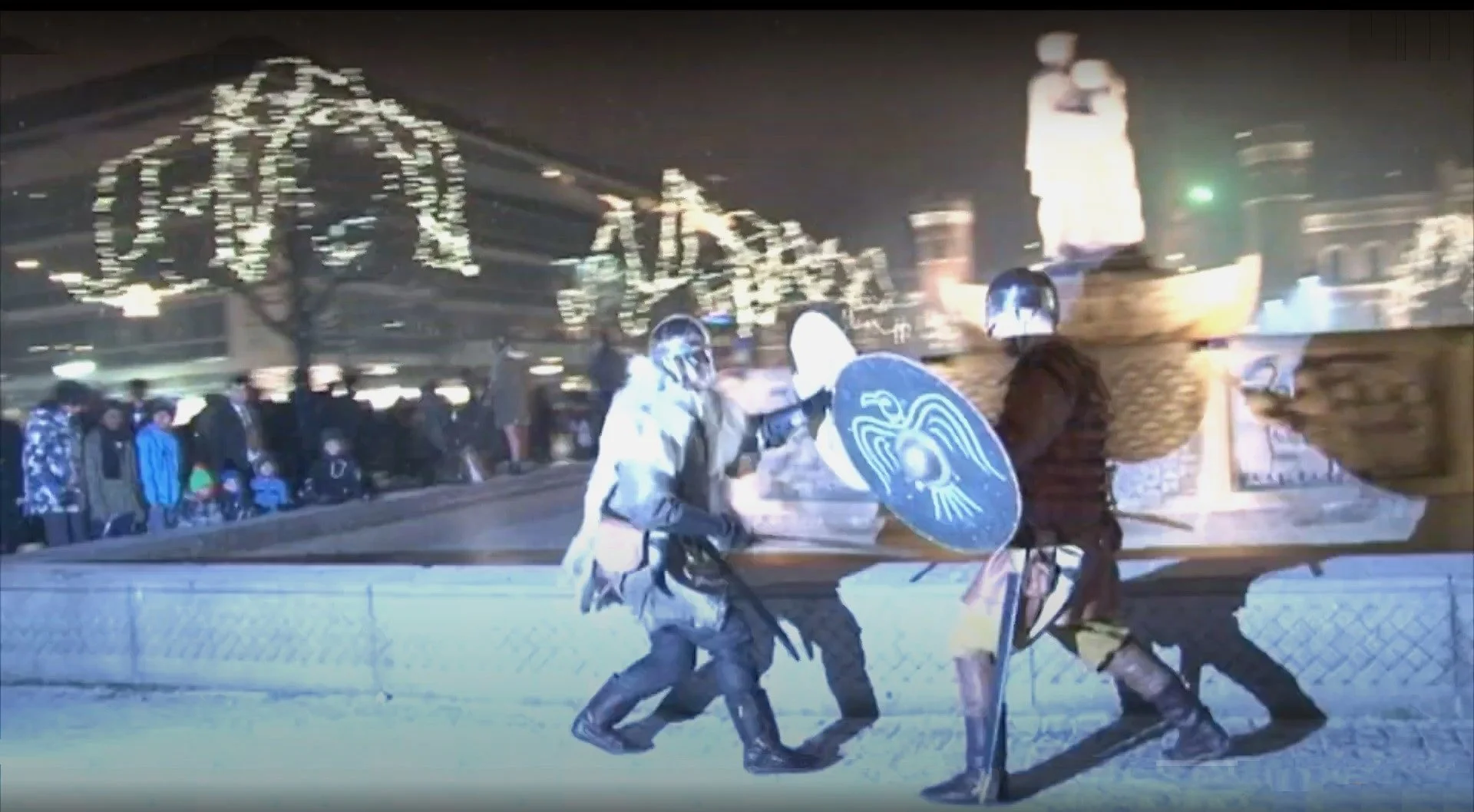THE ØYO VIKING AXE by Tyr Neilsen
/This versatile and functional Viking axe, made by the Norwegian company Øyo, won the SOG Scandinavian Outdoor Award in 2021.
Since the Viking Age, knife blades and axe pieces have been forged in the mountain village of Geilo, in Viken County, Norway, and Øyo’s modern Viking axe, is a copy of a 1000-year-old axe-head that was excavated near the company’s base there.
At just 13 inches (32.5 cm) in length, and weighing only 19 ounces (0.5 kg), it’s small enough to fit inside a backpack and light enough for anyone to use, making it a family favorite in the Nordic countries.
The nicely shaped ash handle is easy to hold, and its curve prevents the axe from slipping when splitting small logs and branches or cutting up firewood. The tough forged steel axe-head is very efficient for cutting and chopping, and packs quite a punch for its size.
The Øyo Viking axe comes with a small fitted felt axe-head sheath with leather strap for protection.
